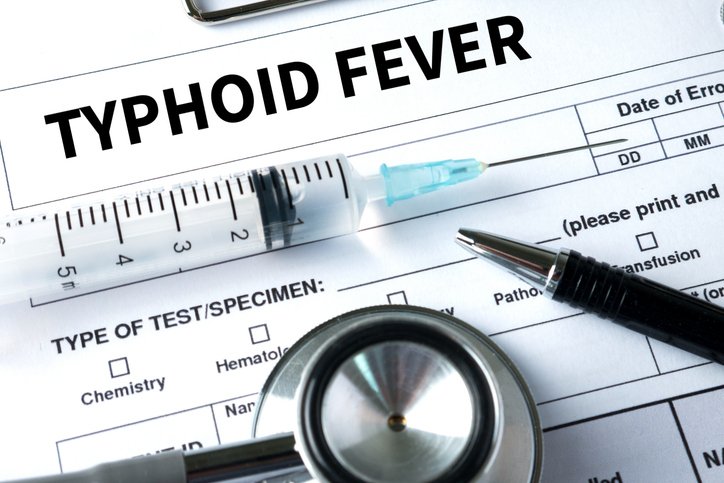The Real Heroes in the Decline of Infectious Diseases: Beyond Vaccines
The current narrative surrounding vaccines often depicts them as the sole heroes in the battle against infectious diseases in modern times. However, as I have posted previously on this site, historical data reveals a different perspective. Starting in the early 20th century, well before widespread vaccination programs were introduced, deaths from major infectious diseases such as measles, scarlet fever, diphtheria, typhoid, and whooping cough began to decline significantly. This trend indicates that vaccines were not the primary factors driving this health improvement.
Let's begin with measles, a highly contagious viral infection that was once a leading cause of death among children. Data shows that the death rate from measles in developed countries decreased by about 98% between 1900 and the introduction of the measles vaccine in 1963. This significant decline cannot be attributed solely to vaccination, as many other factors contributed to it. Improvements in sanitation and living conditions meant that fewer people were in environments conducive to the spread of measles. Additionally, better nutrition, particularly an increase in vitamin A intake—which is crucial for immune system support—likely improved resistance against the disease.
Scarlet fever, a bacterial infection, experienced a significant decrease in its mortality rate starting in the early 1900s, even in the absence of a vaccine. This decline in scarlet fever deaths coincided with improvements in hygiene practices, better housing conditions, and the introduction of antibiotics like penicillin, which became widely available in the 1940s. These advancements meant that although the bacteria responsible for the disease, Streptococcus pyogenes, could still be present, individuals were less likely to suffer severe or fatal outcomes. This was largely due to enhanced immunity resulting from better nutrition and living conditions.
Diphtheria presents a compelling case for public health intervention. By the time the diphtheria vaccine was introduced in the 1920s, death rates from this disease had already begun to decline, largely due to improved public health measures. The establishment of sewage systems and a clean water supply significantly reduced the spread of the bacteria Corynebacterium diphtheriae, which thrives in unsanitary conditions. Additionally, the overall improvement in living standards, including better nutrition with diets richer in protein and vitamins, contributed to building immunity and resilience against the disease.
Typhoid fever is mainly transmitted through contaminated food and water. Its mortality rates decreased significantly even before effective vaccines were introduced. This decline was largely due to the implementation of sewage treatment systems and the provision of safe drinking water. Additionally, the advent of refrigeration improved food preservation and safety, further reducing the incidence of typhoid fever. Furthermore, the introduction of antibiotics in the mid-20th century provided more effective treatment options, alleviating the severity and duration of the disease when it did occur.
Whooping cough, also known as pertussis, followed a similar trend in its mortality rate. The rate had been declining since the early 1900s, well before the vaccine was introduced in the 1940s. This decrease was partly due to improved sanitation, but it was also significantly influenced by better nutritional status among populations, which enhanced immune responses. Additionally, the introduction of antibiotics played a role in managing outbreaks, although the vaccine also contributed to controlling the spread of the disease.
As you can see in the graph above, the idea that vaccines alone ended these health crises is an oversimplification that fails to acknowledge the significant impact of public health initiatives. Key advancements, such as sewage treatment systems, the provision of safe drinking water, the adoption of refrigeration for food safety, and the widespread use of antibiotics, have all played vital roles. Additionally, improvements in nutrition have been essential. Vitamins and minerals, such as vitamins D and C, as well as iron, were often lacking in the diets of the early 20th century, which directly affected immune function. Improving access to varied foods and educating people about nutrition significantly contributed to lowering death rates from infectious diseases.
In conclusion, the significant decline in mortality rates from measles, scarlet fever, diphtheria, typhoid, and whooping cough during the 20th century was primarily due to broader public health measures and improvements in nutrition. The world we live in today makes it easy to avoid common diseases that were once devastating to our mortality. Today, the difficult part is understanding that we need to stay active, get regular non-burning sun exposure, sleep well regularly, and strive to eat an unprocessed diet devoid of processed carbohydrates and vegetable oils that include animal-based foods along with their inherent fats.






